Using Gravel for mulch
mrcarney
16 years ago
Related Stories

GARDENING GUIDESHow to Pick a Mulch — and Why Your Soil Wants It
There's more to topdressing than shredded wood. Learn about mulch types, costs and design considerations here
Full Story
GARDENING GUIDESNew Ways to Think About All That Mulch in the Garden
Before you go making a mountain out of a mulch hill, learn the facts about what your plants and soil really want
Full Story
GARDENING GUIDESThe Art of Green Mulch
You can design a natural garden that doesn’t rely on covering your soil with wood and bark mulch
Full Story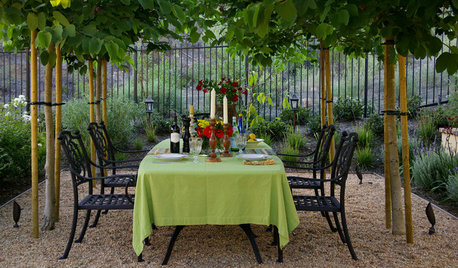
LANDSCAPE DESIGNEnjoy the Romance of Dining in a Classic Gravel Garden
Here’s what to consider when it comes to installing, styling and maintaining a DIY-friendly gravel patio
Full Story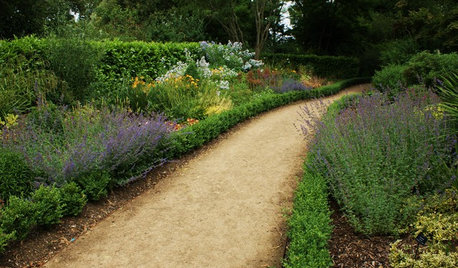
LANDSCAPE DESIGN5 Gravel and Stone Types for a Rockin' Landscape
Give your garden design some textural bam with pebbles, granite, river rocks and other permeable materials
Full Story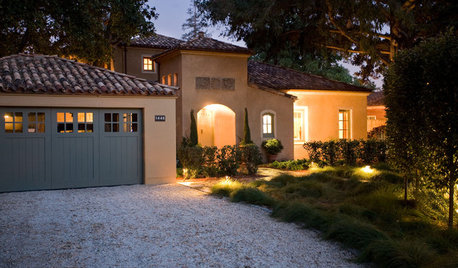
REMODELING GUIDESGravel Driveways: Crunching the Pros and Cons
If you want to play rough with your driveway, put away the pavers and choose the rocky road
Full Story
GARDENING GUIDESGarden Myths to Debunk as You Dig This Fall and Rest Over Winter
Termites hate wood mulch, don’t amend soil for trees, avoid gravel in planters — and more nuggets of garden wisdom
Full Story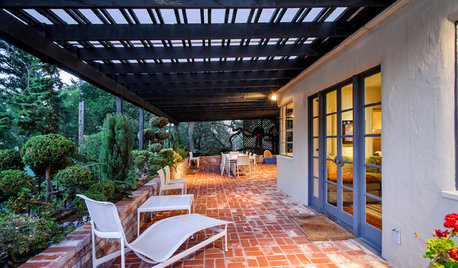
PATIOSLandscape Paving 101: How to Use Brick for Your Path or Patio
Brick paving is classy, timeless and a natural building material. Here are some pros and cons to help you decide if it’s right for your yard
Full Story
GRASSES10 Ways to Use Ornamental Grasses in the Landscape
These low-maintenance plants can add beauty, texture and privacy to any size garden
Full Story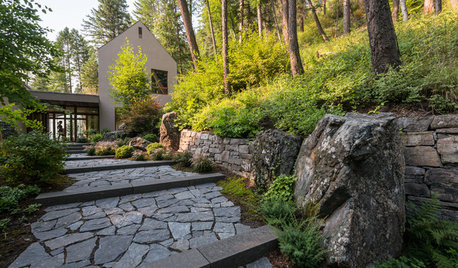
MATERIALSHow to Use Local Stone in Your Landscape Design
Locally sourced stone is a gorgeous and durable landscape building material
Full StorySponsored
Central Ohio's Trusted Home Remodeler Specializing in Kitchens & Baths
More Discussions






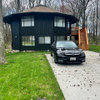
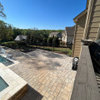
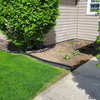

bullthistle
agardenstateof_mind
Related Professionals
Allentown Landscape Architects & Landscape Designers · Arlington Landscape Contractors · Brooklyn Park Landscape Contractors · Clark Landscape Contractors · Dallas Landscape Contractors · Hicksville Landscape Contractors · La Vista Landscape Contractors · Waldorf Landscape Contractors · Fort Lee Decks, Patios & Outdoor Enclosures · High Point Decks, Patios & Outdoor Enclosures · Kearns Decks, Patios & Outdoor Enclosures · Salt Lake City Decks, Patios & Outdoor Enclosures · Bakersfield Swimming Pool Builders · Goodlettsville Swimming Pool Builders · Placerville Swimming Pool Builderskatrina1
laceyvail 6A, WV
davidandkasie
Frankie_in_zone_7
bahia
nelson637_comcast_net